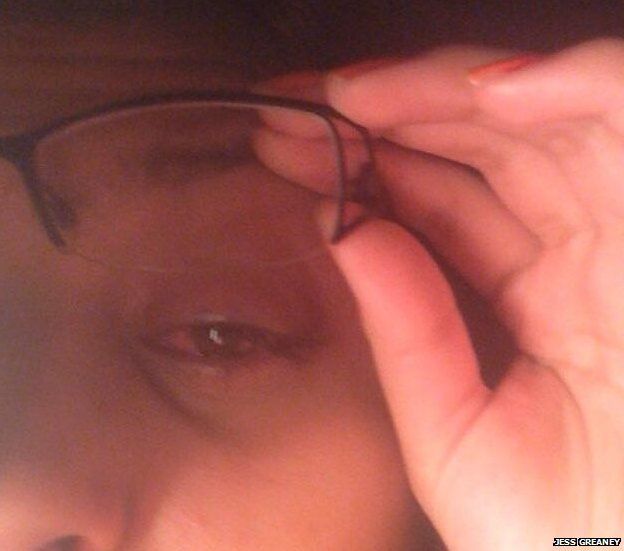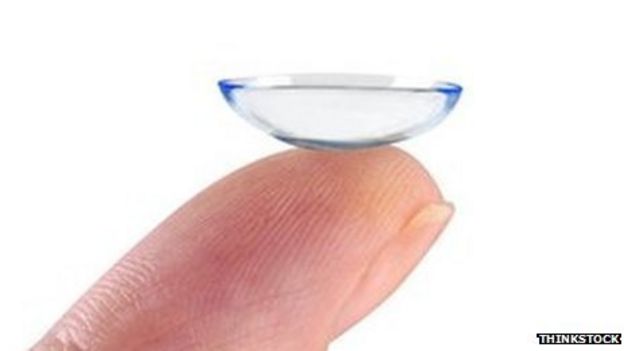- 6 hours ago
- Nottingham

A student almost lost her sight when an infection she caught from using contact lenses started eating into her eye.
Jess Greaney was hospitalised by the infection and said her swollen eye looked like a "huge red golf ball".
Miss Greaney, 18, of Birmingham, believes she caught the infection from water at her University of Nottingham halls of residence.
Many water sources contain the microscopic organism she was affected by, but infections are rare.
Miss Greaney told BBC 5 live's Afternoon Edition she first sought medical attention when her eye started to close sporadically.

"It was originally diagnosed as an ulcer," she said.
A week later she was diagnosed with an infection called acanathamoeba keratitis,
"It was eating through the cornea of my eye, which obviously affects your sight," she said.
"How they managed to start the treatment was intensive eye-drops every hour for four days and then it slowly decreased."
She said she was "really, really careful with my lenses", but believes water splashed on them when they were next to her sink, in a glass of solution.
Specialists at Moorfields Eye Hospital have noticed a rise in eye infections among contact lens wearers and are warning users to take extra care.

Avoid contact with water

- Acanathamoeba keratitis (AK) is an infection caused by a microscopic organism found in water sources, such as lakes and rivers as well as some domestic tap water, swimming pools and hot tubs
- Most of us who come into contact with them do not come to harm
- But they can cause a serious eye disease if they infect the cornea - the transparent outer covering of the eye
- People who wear contact lenses are at increased risk, although AK is still rare - affecting about two in every 100,000 contact lens wearers each year in the UK
- Symptoms include eye pain, redness, blurred vision, watery eyes and sensitivity to light, and without treatment it can result in permanent visual damage and even blindness
- The best way to avoid infection is to store and handle contact lenses correctly - never use tap water to clean them - and remove your contacts if you are going to have a shower, swim or use a hot tub
Source: Moorfields Eye Hospital

Miss Greaney wants other contact lens users to be aware of the risks.
"There was a moment where I asked the doctor I said 'Am I ever going to get better?' and it was really hard for them to say," she said.
"Everything was completely blurry. I could just see colours rather than actual things."

No comments:
Post a Comment